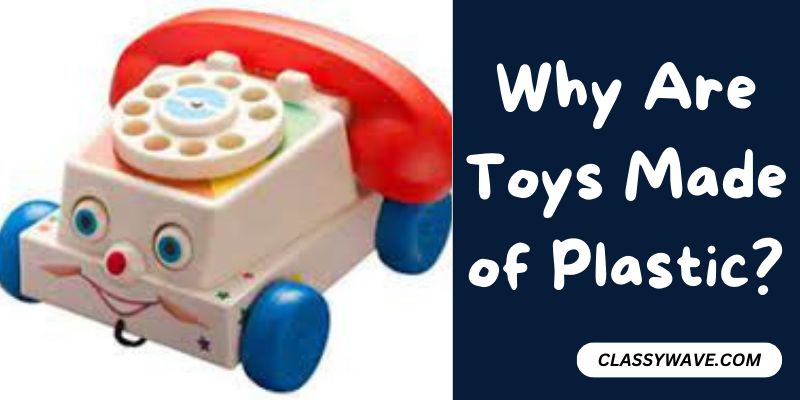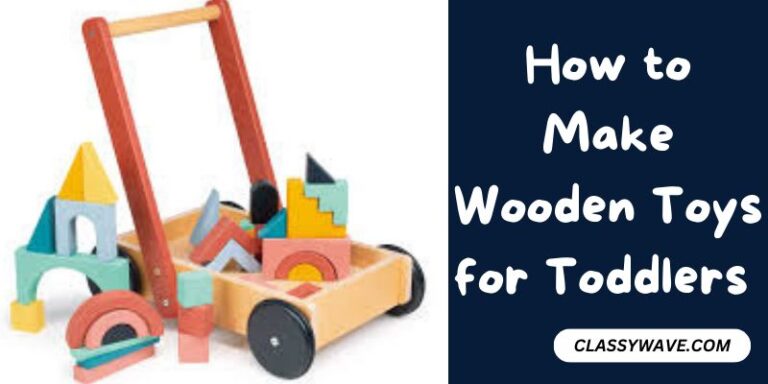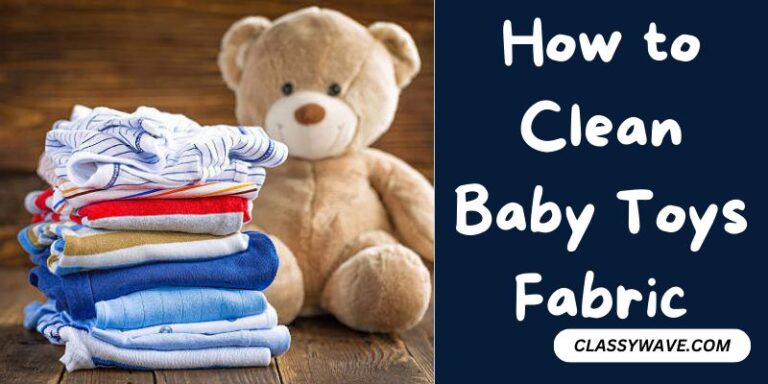Why Are Toys Made of Plastic – the Complex Reality
In the vibrant world of children’s playthings, plastic toys have established dominance, capturing the imaginations of kids and the shelves of toy stores worldwide. Let’s delve into the intriguing reasons behind the prevalence of plastic toys, exploring their history, advantages, safety considerations, and the growing concerns regarding their environmental impact.
I. Introduction
A. Brief overview of the prevalence of plastic toys
In today’s toy market, plastic reigns supreme. Walk into any toy store, and you’ll be greeted by a kaleidoscope of plastic wonders, from action figures to building blocks. The question that arises is, why are these toys overwhelmingly made of plastic?
B. Growing concerns about the environmental impact of plastic
While plastic toys provide endless hours of entertainment, there’s a rising tide of concern about their environmental footprint. The durability and versatility that make plastic toys so appealing also contribute to their lasting presence in landfills.
II. History of Plastic Toys
A. Emergence of plastic toys in the mid-20th century
The mid-20th century witnessed a boom in the production of plastic toys. The advent of new manufacturing techniques made plastic more accessible, revolutionizing the toy industry.
B. Factors contributing to the popularity of plastic toys
The affordability and malleability of plastic made it an ideal material for mass production. Toy manufacturers embraced plastic for its ability to take on various shapes and colors at a fraction of the cost of traditional materials.
III. Advantages of Plastic Toys
A. Durability and longevity
One of the key advantages of plastic toys is their resilience. Unlike their counterparts made of fragile materials, plastic toys can withstand the rough and tumble of children’s play, ensuring a longer lifespan.
B. Cost-effectiveness
From a manufacturing standpoint, plastic is a cost-effective material. This affordability translates into lower production costs, making toys more accessible to a broader market.
C. Versatility in design and colors
Plastic’s moldability allows for intricate designs and a vibrant array of colors. This versatility has been a major draw for both manufacturers and consumers, contributing to the popularity of plastic toys.
IV. Safety Considerations
A. Regulations and safety standards
Stringent regulations govern the production of toys to ensure the safety of children. Plastic toys must adhere to these standards, undergoing rigorous testing to mitigate potential risks.
B. Potential hazards associated with plastic toys
Despite regulatory measures, concerns about potential hazards like chemical leaching and choking hazards persist. It’s essential for consumers to stay informed and choose toys that meet safety standards.
V. Environmental Impact
A. Non-biodegradability of plastic
The dark side of plastic toys lies in their environmental impact. Most plastics do not biodegrade, contributing to the ever-growing issue of plastic pollution in landfills and oceans.
B. The role of recycling in mitigating environmental impact
Efforts are underway to address the environmental impact of plastic toys through recycling initiatives. However, challenges remain in achieving widespread adoption and effective recycling systems.
VI. Alternatives to Plastic Toys
A. Rise in demand for eco-friendly alternatives
As environmental awareness grows, there’s a notable increase in demand for toys made from sustainable materials. Parents are seeking alternatives to traditional plastic toys, shifting towards eco-friendly options.
B. Exploring materials like wood and recycled plastics
Wood and recycled plastics are emerging as viable alternatives to conventional plastic. These materials offer durability and safety while aligning with environmentally conscious consumer choices.
VII. Consumer Awareness
A. The importance of informed consumer choices
Consumer awareness plays a pivotal role in steering the toy industry towards sustainability. Informed choices can drive manufacturers to prioritize eco-friendly materials, creating a positive ripple effect.
B. Campaigns promoting sustainable toy options
Various campaigns and initiatives aim to educate consumers about sustainable toy options. These efforts empower parents to make conscious choices for their children’s playthings.
VIII. Future Trends
A. Innovations in sustainable toy manufacturing
The future holds promise with ongoing innovations in sustainable toy manufacturing. Companies are investing in research and development to create toys that are both environmentally friendly and enjoyable for children.
B. Shifting consumer preferences towards eco-friendly options
As environmental consciousness becomes more ingrained in society, consumer preferences are gradually shifting towards toys that align with sustainable values. This shift is prompting manufacturers to adapt and embrace eco-friendly practices.
IX. Case Studies
A. Examples of companies adopting sustainable practices
Several forward-thinking companies have successfully transitioned from traditional plastic to sustainable materials. Examining these case studies provides insights into the feasibility and benefits of such transitions.
B. Success stories in transitioning from plastic to eco-friendly materials
Exploring success stories of companies that have embraced eco-friendly materials can inspire other manufacturers to follow suit. These stories showcase the positive impact of sustainable choices on both the environment and business.
X. The Role of Parents
A. Encouraging responsible consumption
Parents play a crucial role in shaping their children’s values, including their approach to consumption. Encouraging responsible and conscious consumption can instill a sense of environmental responsibility.
B. Educating children about sustainability
Teaching children about sustainability from an early age fosters a lifelong appreciation for eco-friendly choices. Parents can incorporate discussions about the environmental impact of toys into their children’s learning experiences.
XI. Challenges in Transitioning
A. Economic factors for manufacturers
Transitioning from plastic to eco-friendly materials presents economic challenges for manufacturers. Initial investment costs and restructuring processes can pose hurdles that require careful consideration.
B. Overcoming consumer resistance to change
Resistance to change is a common challenge in any industry. Convincing consumers to embrace new, eco-friendly materials may require effective communication and highlighting the benefits of sustainable choices.
XII. Government Initiatives
A. Legislative efforts promoting eco-friendly products
Governments worldwide are recognizing the need for sustainable practices in manufacturing. Legislative initiatives and policies are being introduced to incentivize the production of eco-friendly toys.
B. Incentives for companies embracing sustainable practices
Governments are offering incentives to companies that embrace sustainable practices, further motivating the industry to adopt environmentally friendly alternatives.
XIII. Conclusion
Plastic toys have been a fixture in the toy industry for decades, but their environmental impact is undeniable. The push for sustainable alternatives requires collective action from manufacturers, consumers, and policymakers. In conclusion, advocating for sustainability is a shared responsibility. Let’s make informed choices, support eco-friendly companies, and work towards a healthier planet.
FAQs
Are all plastic toys harmful to the environment?
Plastic toys contribute to environmental issues, but advancements in recycling and eco-friendly materials offer alternatives.
How can parents identify eco-friendly toys for their children?
Look for toys made from recycled materials or sustainably sourced wood, and check for eco-certifications.
What role do government initiatives play in promoting sustainable toys?
Governments are introducing policies and incentives to encourage the production and purchase of eco-friendly toys.
Do eco-friendly toys cost more than traditional plastic toys?
Initially, some eco-friendly toys may be pricier, but the long-term benefits to the environment often outweigh the cost difference.
Can the toy industry eliminate plastic toys?
While challenging, ongoing innovations and consumer demand may lead to a gradual reduction in the production of traditional plastic toys.







